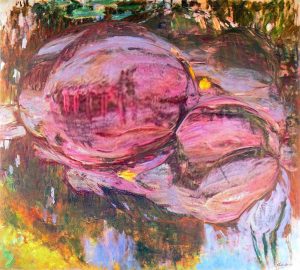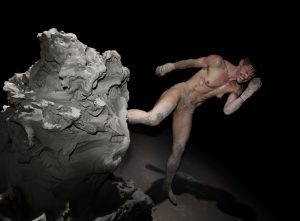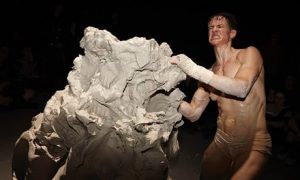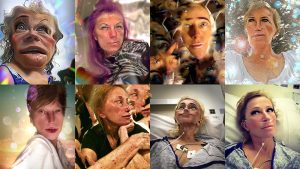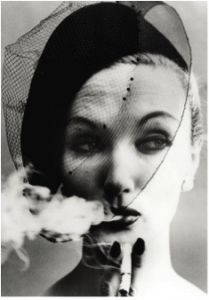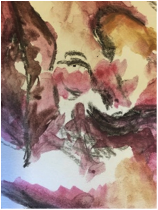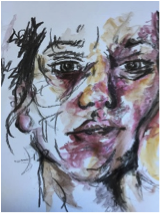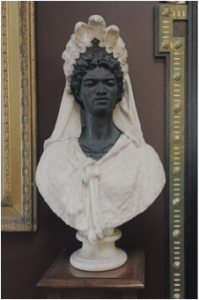As previously talked about within my blog, I’m very much interested in making people question what they see. Currently within my work I’m looking to use a double convex glass and using that to view a scene. This has been inspired from the 17th century notion of the ‘Claude glass’ which originates from Claude Lorrain’s curved style of work (1). Often just referred to as a black mirror, it was used for sketching and examining landscapes. This gives a slightly distorted image when looking through it, which is something I wanted to replicate here.
The image I’ve appropriated is one of Monet’s Water Lillie series. I used this painting as it already gives an unrealistic impression when depicting water lilies, using warm vibrant hues instead of the traditional subtle blue ones. To replicate something like the Claude glass effect, I used photoshop to ‘spherize’ multiple sections of the image. I layered this to create an over-emphasised representation and to show the obvious distortion. This only became more apparent with Monet’s signature expressive brush strokes being blown out of proportion. For me, this shows how modern pre-industrial art can be altered and disfigured by 21st century technology. It also questions whether you can still call this one of Monet’s paintings now it’s been digitally altered.
Bibliography
(1) https://en.wikipedia.org/wiki/Claude_glass – reference to the ‘Claude glass’ origin

